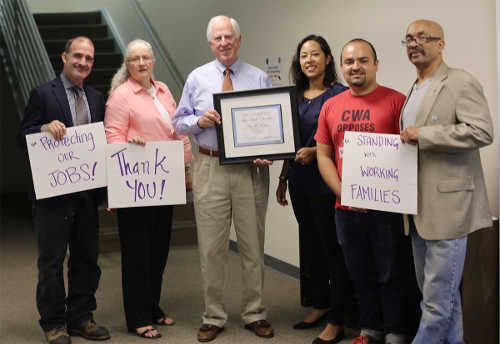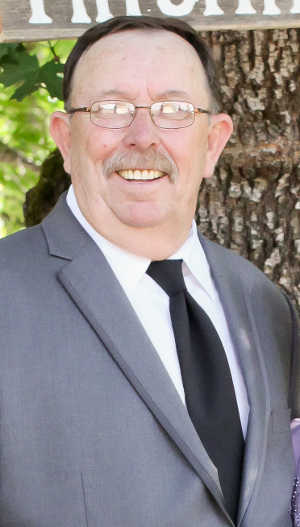- Lake County News reports
- Posted On
EcoArts Sculpture Walk moves this year's exhibit to Middletown Art Center; opening set for June 25

MIDDLETOWN, Calif. – EcoArts of Lake County is announcing a change of venue for the EcoArts: Lake County Sculpture Walk’s 2016 exhibit.
The sculpture walk, originally slated to open on June 5 at the Middletown County Trailside Park with an 18-piece exhibit, will now spend this season at the Middletown Art Center in downtown Middletown, with a new opening date on June 25.
The Lake County Parks and Recreation Department notified the arts nonprofit that the park will not be ready to receive the public in time for this year’s event. EcoArts and the Middletown Art Center fully agree with the decision.
The 107-acre Trailside Park, located at Highway 175 and Dry Creek Cutoff, suffered severe fire damage and is closed for the foreseeable future.
“After being notified by the county, we spent time looking at options and other sites,” said Karen Turcotte, founder of EcoArts of Lake County.
“Some of the works were very specific to the park and involved ecologic stewardship, so they won’t be realized until sometime in the future,” Turcotte said.

She added, “We are encouraged that the county has expressed their desire for the sculpture walk to come back to the Trailside Park in future years. The park needs healing and restoration. There has been a lot of ‘reacting’ to the fire and this park closure provides time to formulate plans and ‘act’ in the best interests of this wonderful property.”
Many of the sculptures anticipated at the Trailside Park will now be exhibited at and around the Middletown Art Center grounds.
“Our location provides a wonderful opportunity for sculptures to be displayed in downtown Middletown. We’ll have the outdoor exhibit up in time for Middletown Days on June 17,” said Middletown Art Center Director Lisa Kaplan.
The public is invited to a festive opening reception for EcoArts at the Middletown Art Center and for the art center's next exhibit, “Multi Lingual,” featuring musical and spoken word performances by Edgewise and Lake County poets on June 25 from 6 to 8 p.m.
The Middletown Art Center is located at 21456 Highway 175, at the junction with Highway 29 in downtown Middletown.
To find out more about the exhibits and classes offered at the center, visit www.MiddletownArtCenter.org or www.facebook.com/ARTMiddletown , email This email address is being protected from spambots. You need JavaScript enabled to view it. , call 707-809-8118 or visit at 21456 Highway 175 at Highway 29 in Middletown.


 How to resolve AdBlock issue?
How to resolve AdBlock issue? ![A Hubble Space Telescope image of the galaxy UGC 9391, one of the galaxies in the new survey. UGC 9391 contains the two types of stars – Cepheid variables and a Type 1a supernova – that astronomers used to calculate a more precise Hubble constant. (Image by NASA, ESA, and A. Riess [STScI/JHU]). berkeleyexpandinguniverse](/images/stories/2015/berkeleyexpandinguniverse.jpg)























